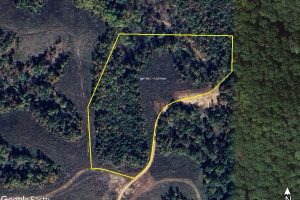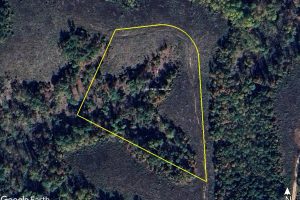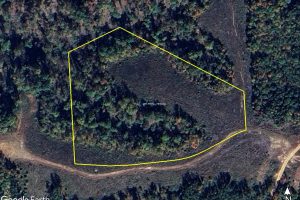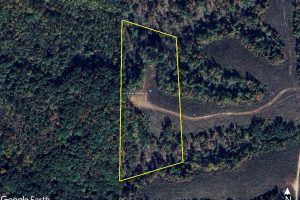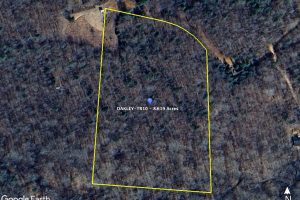Thrive On Your
Own Land
Making it easy for individuals, couples and families to purchase rural land in Tennessee.
Find Your Off-Grid Tennessee Property
Owner Financed Land Bordering A Nature Preserve | LH-TR22
9.219 Acres – Land for sale by owner in Tennessee. Easy financing available – call or text us at 865-297-5052...Read More→
Land For Sale By Owner In Tennessee | LH-TR16
5.086 Acres – Land for sale by owner in Tennessee. Easy financing available – call or text us at 865-297-5052...Read More→
Land For Sale By Owner In Tennessee | LH-TR15
7.6 Acres – Land for sale by owner in Tennessee. Easy financing available – call or text us at 865-297-5052...Read More→
Owner Financed Land Bordering A Nature Preserve | LH-TR14
8.256 Acres – Land for sale by owner in Tennessee. Easy financing available – call or text us at 865-297-5052...Read More→
Land For Sale By Owner In Tennessee | LH-TR13
5.586 Acres – Land for sale by owner in Tennessee. Easy financing available – call or text us at 865-297-5052...Read More→
Tennessee Land For Sale | OAKLEY-TR33
7.425 Acres – Tennessee land for sale. Easy financing available – call or text us at 865-297-5052 to learn more....Read More→
Tennessee Land For Sale | OAKLEY-TR32
9.173 Acres – Tennessee land for sale. Easy financing available – call or text us at 865-297-5052 to learn more....Read More→
Tennessee Land For Sale | OAKLEY-TR13
5.068 Acres – Tennessee land for sale. Easy financing available – call or text us at 865-297-5052 to learn more....Read More→
Tennessee Land For Sale | OAKLEY-TR10
8.619 Acres – Tennessee land for sale. Easy financing available – call or text us at 865-297-5052 to learn more....Read More→
Browse Current Properties By Map
Map Legend: Green = Available, Orange = Pending (Property lines are approximate)
Your Land. Your Legacy.
Landstruck creates accessible and rewarding opportunities for everyone to own their own plot of rural land. We ensure every landowner has the tools, support, and protection they need for a thriving and secure off-grid life in a welcoming community.
Off-Grid Land for Sale in Tennessee
Invest in your peace and safety.
Improve Your Land
Optimize your off-grid land for self-sufficiency.
Invest in Land
Own a large tract of land? Turn your investment into passive income.
Resource Library
Self-Sufficiency isn’t just an idea for us at LandStruck; it’s a way of life. Learn more about battery systems, solar power, water collection and filtration, and more. We want your off-grid living to be prosperous and safe within resilient, self-sustainable communities.
 - If you'd like to start a hobby that could provide you and your family with nutritious food and some side income, you may want to look into growing micro-greens. Continue Reading
- If you'd like to start a hobby that could provide you and your family with nutritious food and some side income, you may want to look into growing micro-greens. Continue Reading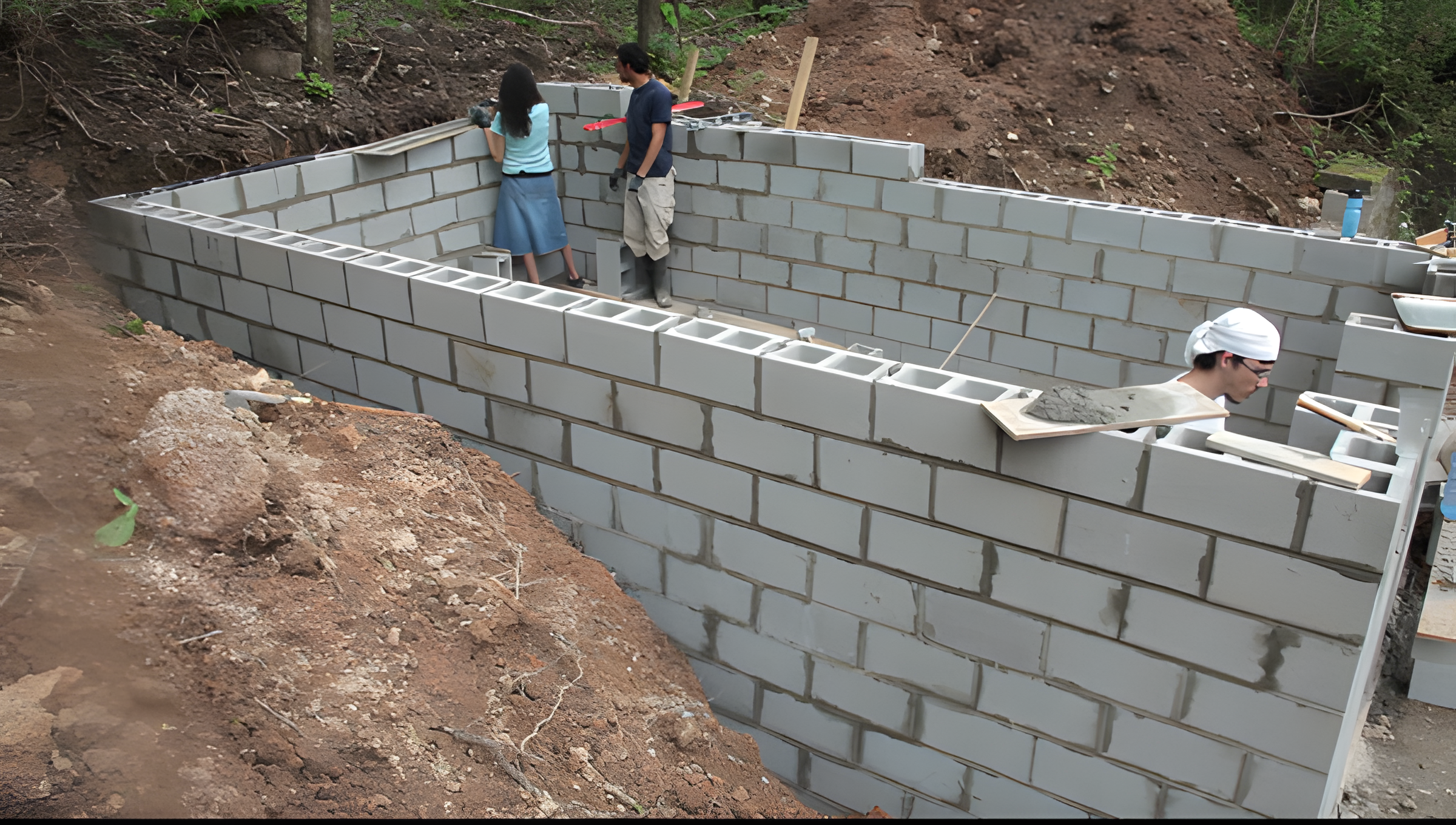 - Seeing a cinder block shanty on this tract got me thinking about how block buildings could be used on recreational land. It's a relatively cheap option that people could build on their own. These buildings would give you a secure option for storing dirtbikes, lawn mowers, camping gear... etc on your vacant land. You could… Continue Reading
- Seeing a cinder block shanty on this tract got me thinking about how block buildings could be used on recreational land. It's a relatively cheap option that people could build on their own. These buildings would give you a secure option for storing dirtbikes, lawn mowers, camping gear... etc on your vacant land. You could… Continue Reading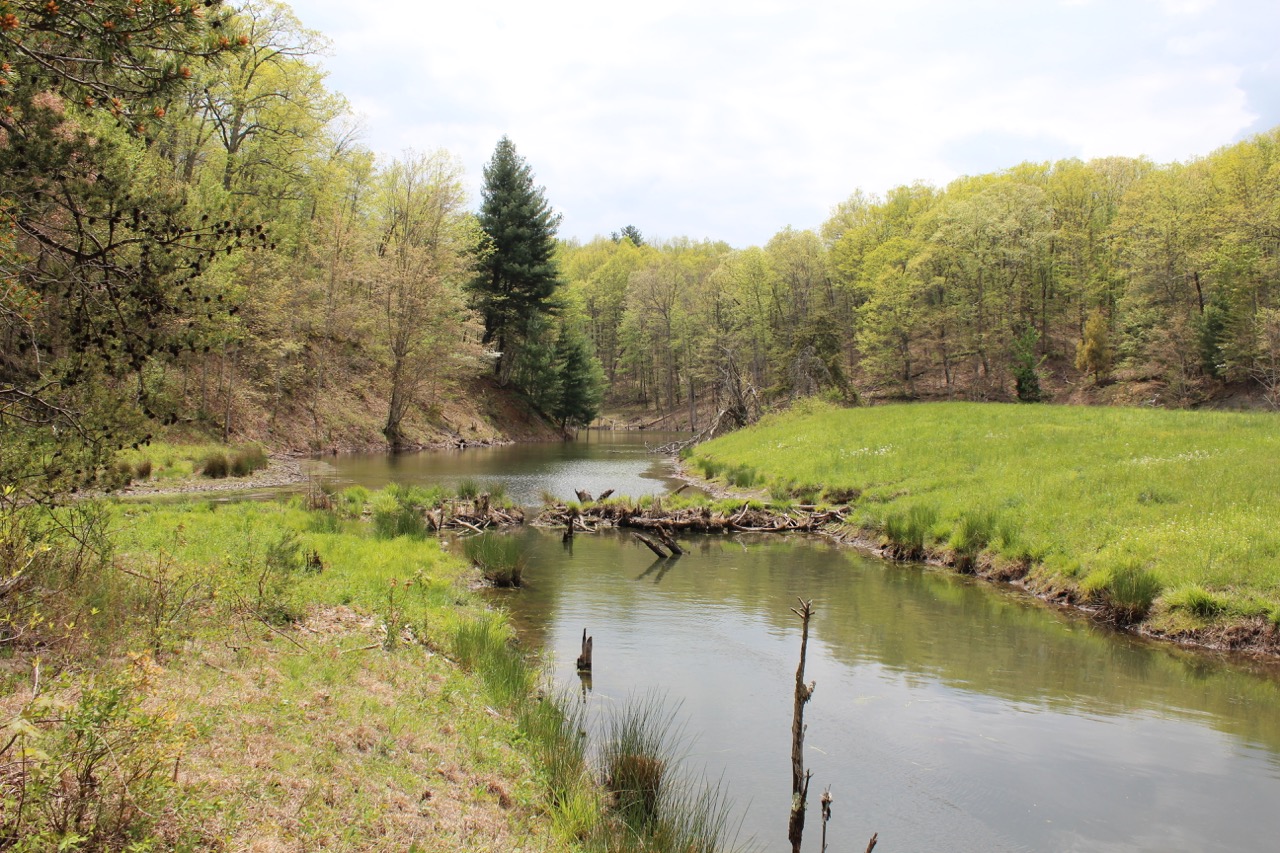 - For those dreaming of owning a plot of rural land, owner financing can be a game-changer, especially when it comes to purchasing land in Tennessee. This alternative financing method opens doors for buyers who might find traditional mortgage requirements a challenge, making it easier to acquire off-grid land or rural properties without the need for… Continue Reading
- For those dreaming of owning a plot of rural land, owner financing can be a game-changer, especially when it comes to purchasing land in Tennessee. This alternative financing method opens doors for buyers who might find traditional mortgage requirements a challenge, making it easier to acquire off-grid land or rural properties without the need for… Continue ReadingWhy Choose Us
Trust
We place honesty and building trust above all else, making sure every landowner has peace of mind through our ongoing partnership.
Self-Sufficiency
We promote and educate on sustainable living practices and self-sufficient solutions that make off-grid living possible.
Community
We foster a strong sense of connection and good neighbor relationships among landowners, all without an HOA!
Integrity
We practice ethical, transparent owner financing and land sales, supporting customers with resources and guidance.
Our Communities
You have the desire to embrace off-grid living, escape urban life, and practice self-sustainable living; we have the land.
Each of our developments offers the chance for you to find the right tract of land for you, whether it’s a bug-out location, a rural escape, or a permanent place to build your home and live off-grid.
Testimonials
“Working with Lisa, Glenn, and Colby was terrific! They were all incredibly polite and professional and went out of their way to assist on the land they were showing us as well as answer the many questions we had. If you are thinking of getting a piece of land, start by contacting LandStruck! They will take care of you!”
Gerald Vocalino
“Lisa and Glenn sold me a piece of the American dream. I was a first-time land owner and LandStruck was there to help me the entire way. Aside from answering all my questions they were quick to help find people in the community that could help. I am a widow from up north and I have always felt 100% comfortable with all my dealings with LandStruck. I thoroughly recommend LandStruck, Lisa, and Glenn if you are looking for any property in Tennessee. They are available after the sale and will always act with the utmost integrity. I am blessed to have had the chance to work with them.”
Lynda Adamson
“If you’ve found LandStruck, consider yourself lucky. They’re a family-owned business that cares about people and the quality of their lives. They understand land, and showed us lots that were an incredible fit for our off-grid homesteading goals (the land itself is straight out of a dream with a view I thought we would never be able to afford in our lifetime). Whether you’re looking for woods with a creek or open fields, LandStruck has what you’re looking for.”
Erin Ogden
“Glen, Morgan, and Lisa with LandStruck have made our “vacation spot/dream home” property come true! Everyone has been so helpful and made the purchase quick and easy. They respond quickly to any questions we’ve had before, during, and after the purchase. They are all great people helping to make dreams come true! Here are a few pics of one little corner of our property with intentions of expanding!”
Leisa Hope
Frequently Asked Questions
What is owner financing for rural land?
Owner financing is an arrangement where the seller of the rural property (LandStruck) allows the buyer to purchase the land through a contract for deed instead of obtaining a traditional mortgage from a bank.
How does the owner financing process work?
The buyer and seller agree on terms including the down payment, interest rate, and repayment period. The seller retains the deed until the buyer pays off the full amount, at which point the property title is transferred to the buyer through a warranty deed.
What are the advantages of owner financing for rural land?
Owner financing often offers more flexibility in terms, lower closing costs, and faster approval processes compared to traditional bank loans.
What are some of the challenges of living off-grid on rural land?
Challenges can include setting up and maintaining alternative energy systems, securing a reliable water source, managing waste, and adapting to a more self-reliant lifestyle. At LandStruck, we advise you on the systems that will work best on your specific property. We also offer an extensive Resource Library to help you find the information you need.
Can I still have some amenities while living off-grid on rural land?
Yes, many off-grid properties can support modern amenities through septic, solar power, wind energy, and/or micro-hydro systems. However, it’s important to plan and prepare for your alternate energy, water, and septic systems.
Do you require credit checks?
No, LandStruck does not require a credit check for owner-financed land purchases.
Do you require background checks?
Yes, LandStruck does require a background check for owner-financed land purchases, similar to what you would expect to fill out for renting an apartment.


